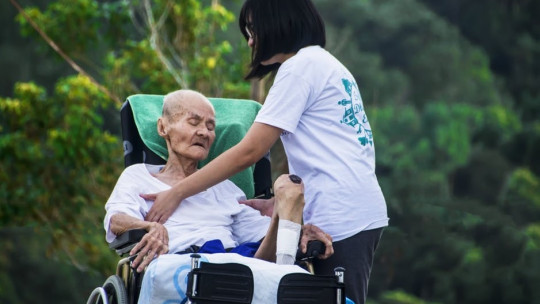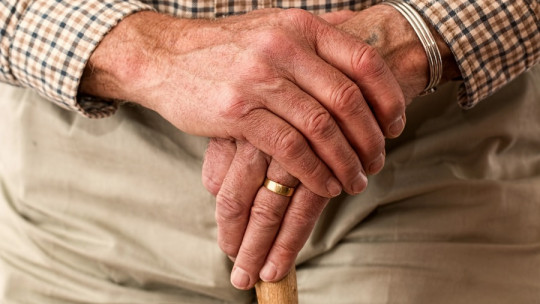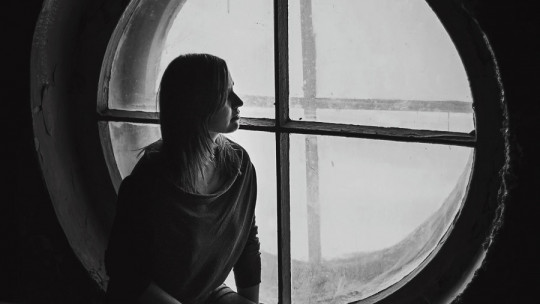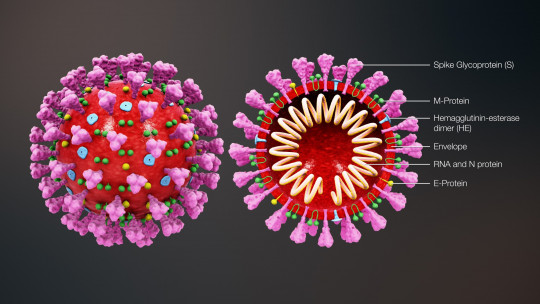Caring for the elderly is a practice that has generated important debates in the last decades. This is because, in the face of social transformations and the most recent economic crises, aging has begun to be recognized as one of the stages most exposed to different conditions of vulnerability around the world.
Due to this, political and theoretical debates on care practices have become fundamental in the creation of strategies to mitigate the vulnerability of older adults and to strengthen both support networks and social policies.
Is caring for the elderly a problem?
The term caring comes from the Latin cogitare, which means to think; so it can be understood as “thinking”, but also as “having a worry”. Hence, its meaning can be transferred to having a concern that something unwanted will happen, a concern that translates into a concrete practice: protecting someone from an unwanted event, because that someone have difficulty doing it yourself
Care is then a rational activity that connects with an emotional dimension (Izquierdo, 2003): It is centered on fear due to the awareness of the vulnerability of the other a question that human beings satisfy among ourselves through interpersonal relationships.
For this reason, care is currently one of the central themes in the development of our societies. For example, much of social and health policies are organized around asking who is the object of care, who can or should satisfy that need and what options are available to do so.
In light of this, many challenges have been detected. Among others, there is a question that has recently worried the world’s population, especially those who have experienced the “baby-boom” after the Second World War: Who is going to take care of us in our aging process?
Changes and challenges of care in old age
Old age is often understood as a problem, or in the best of cases, as a challenge. Far from old age itself having conflicting intrinsic qualities, the challenges have been the social and economic changes themselves that frequently leave some people on the margins of strategies designed to cover basic needs; which in turn, generates passive positions and little participation in social affairs
For example, health in old age is a challenge, but not because of old age itself, but because health is increasingly expensive, there is a greater shortage of professionals and material or economic resources, their distribution and access are inequitable; In addition, there have been important modifications in the social and productive roles of those who have been the main caregivers over time: the immediate families.
As one of the alternatives to cushion this, the concept of “active aging” has emerged, which refers to the optimization of physical, social and intellectual opportunities. focused on the autonomy and rights of older people
This concept has allowed the development of some strategies, however, in some cases it has also served to hold the elderly person responsible for a problem that is social, political and economic; which makes us see that this is a more complex issue than it might seem.
Despite this, in many contexts aging is no longer seen as a problem. There is a tendency to promote the social participation of older adults, and towards rethinking the concept and practices of care, more specifically those related to health and illness.
Who cares?
The family support network (the family support ratio), which is the direct family, has constituted the vast majority of caregivers. However, due to the socioeconomic changes of recent decades, family support ratios are changing drastically.
For example, in Spain it is estimated that the number of caregivers will go from 6 caregivers for every 80-year-old adult to only three people by the year 2034. The consequence of this has been a considerable increase in the care needs of older people, as well as the groups or people who are responsible for satisfying them.
Furthermore, the practice of care It has a very important gender dimension : being something that has been understood especially in relation to private space, it has also been women who have socialized into greater identification with these values and tasks.
Consequently, a large part of care practices are conducted by women, and the belief that care is a ‘feminine task’ has even become widespread. For this reason, another of the great topics discussed has been the ‘feminization of care’.
Likewise, in many populations, the same political and socioeconomic conditions have promoted that care is also a semi-professional task intended for the migrant population a population that has contained a large part of the problem of care shortage.
In other words, a significant lack of care for the elderly and other populations who are in vulnerable contexts has currently been put on the table, as well as the need to generate new political and socio-educational strategies at both the family and professional levels. In this context it becomes relevant strengthening intra-family solidarity strategies in connection with social policies
5 proposals from the World Health Organization (WHO)
Although caring for the elderly is not a practice that is reduced solely to health, it is in this sector where some specific challenges have been raised. Given this, the WHO has begun to develop a program called the Global Strategy and Plan of Action on Aging and Health.
In this way, an important part of care practices begin to be the responsibility of public organizations, beyond being focused on private and family spaces Some of the proposals that make up this plan are the following:
1. Commitment to healthy aging
Closely related to the concept of active aging, it refers to a process of raising awareness to create sustainable measures and scientifically based policies that can promote the skills of older adults and their autonomy
2. Alignment of health systems with the needs of older people
It is about not dismissing the need for the health system to organize itself around the diversity of old age, towards detect the preferences of older people and consolidate a good network of professional assistance
3. Establishment of systems to offer chronic care
The relevance of promoting the timely detection of chronic and long-term care needs, including palliative care, and especially by strengthening infrastructure and staff capacity, is discussed.
4. Create environments adapted to older people
Due to the relationship between care and vulnerability, one of the most important issues on the subject is to extend the necessary measures to avoid stigma and discrimination as well as to enhance autonomy and empowerment from the most basic and everyday levels.
5. Improve measurements, tracking and understanding
Finally, the WHO recognizes the need to promote research focused on aging, as well as create new measurement and analysis mechanisms that are diverse, and that allow us to understand and address the complexity of care in old age.









